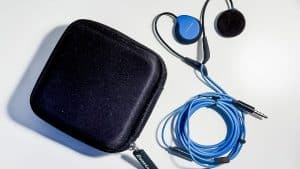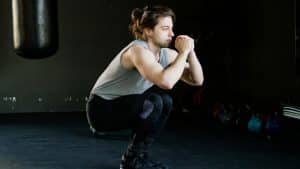If you’re an evolutionary biologist, adaptation probably has a very specific meaning to you. In the exercise context, however, it’s something a little different. It’s about how your body reacts to the stress you put it under during your session. If you want to be effective in your training and recovery, you need to understand how adaptation works.
We’ve all had that feeling the first time we try a new exercise that we’re about to die because we’re not used to it. It’s physically draining, sometimes painful, and it can be pretty emotionally exhausting, too. For the first few days – or maybe even weeks – it’s all too much. Eventually, however, your body will start to adapt and that threshold that seemed so extreme will become your new normal.
It’s that old adage about practice making perfect. The more you perform the same exercise on repeat, the more natural it will feel and the easier the performance will become. Once you’re a few weeks in, the soreness and exhaustion will be barely noticeable. You’ll have more energy to spare for other things and will generally be at your most efficient.
This is the time when you most need to aim for consistency. Repeating the same exercise again and again should yield the same movements and the same results. You need to know that the gains you have made can be sustained in the long term. You now know your body has adapted successfully.
Of course, there comes a point where this is no longer enough. You’ve plateaued, your body no longer feels the need to adapt, and you will see no improvements. On the mental side, boredom and burnout may start to cause problems. This will probably be a few months into your routine, and it means it’s time to inject a new level of intensity into your exercise.
Extra weights, longer distances, more reps, and perhaps even some whole new moves… do whatever you need to do to make things feel fresh and ensure your body is being challenged again. New stressors mean a new period of adaptation and the associated improvements that go with that.
Remember not to push too hard too quickly. That’s what leads to injury. Proper recovery periods can help slow down adaptation so you don’t need to use high intensity when adding to your exercise routine.




